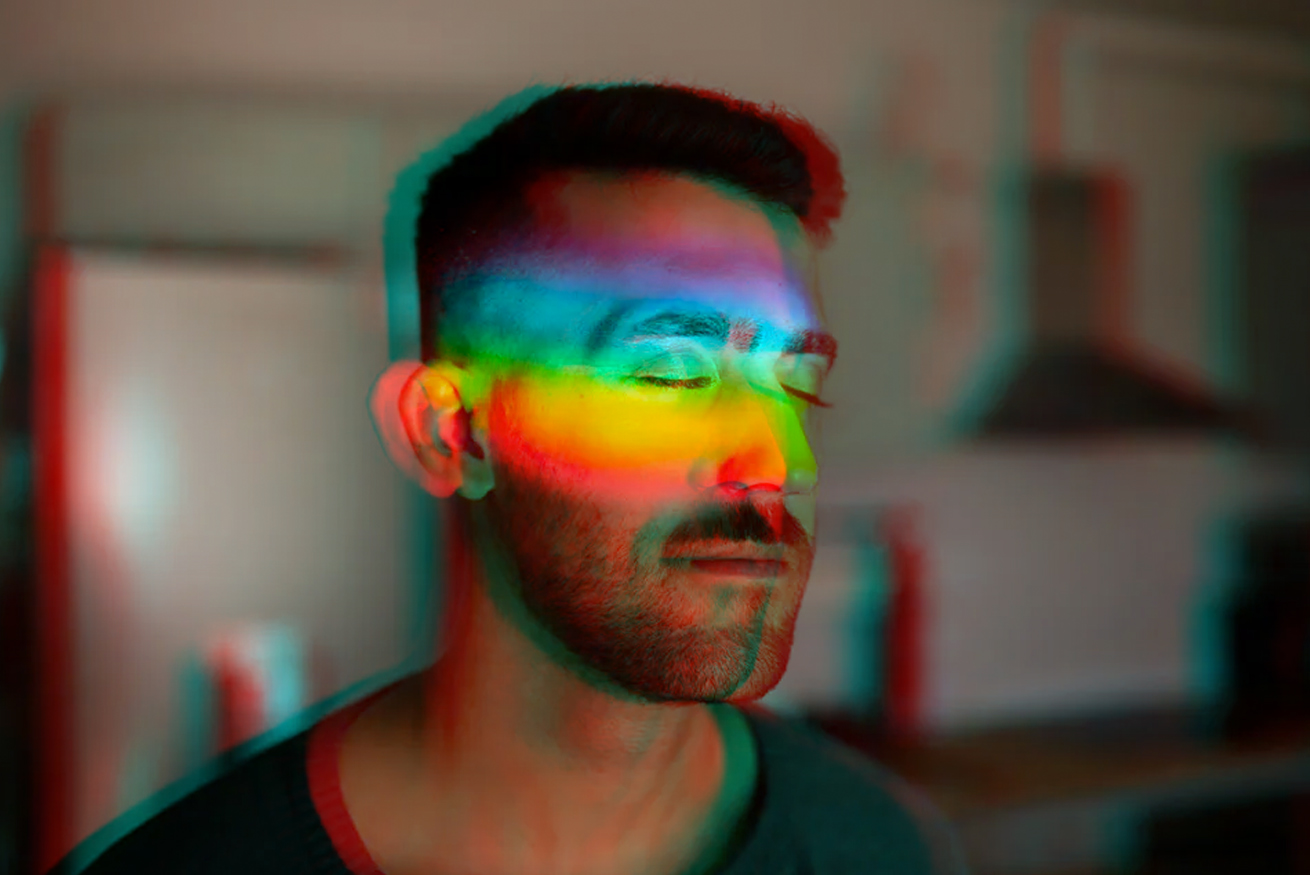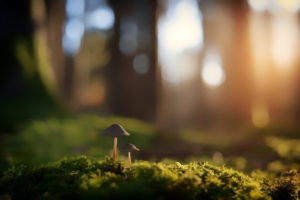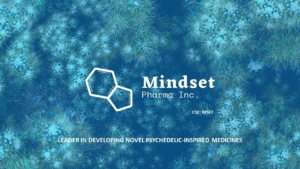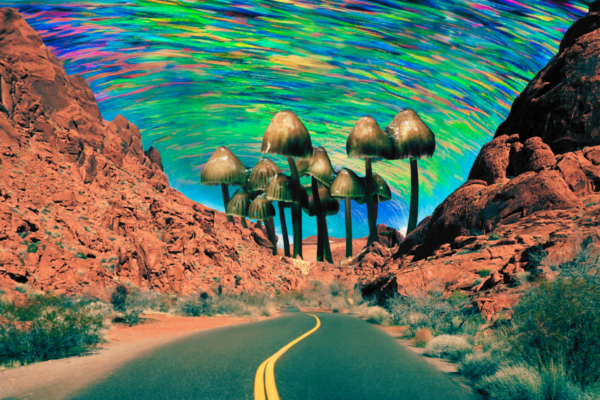
Acid and mushroom trips may be two sides of the same psychedelic coin, according to findings from a clinical study published Friday in Neuropsychopharmacology, the official publication of the American College of Neuropsychopharmacology.
Conducted by Professor Matthias Liechti at the University of Basel in Switzerland, the double-blinded, randomized, and placebo-controlled study compared the subjective and autonomic effects of psilocybin — the psychoactive ingredient in certain mushrooms — to those of lysergic acid diethylamide (LSD). Researchers observed 28 test subjects. Some were experienced psychonauts. Others had never dabbled in hallucinogens. Each underwent five different test sessions involving two different doses of LSD (100 micrograms and 200 micrograms), two different doses of psilocybin (15 milligrams and 30 milligrams), and one placebo.
The results were astounding — at least for any psychedelic connoisseur who swears they can feel the difference between an LSD trip and a psilocybin one.
So long as the dosage was high enough, subjects reported nearly identical mind-altering experiences regardless of which drug they had taken. The only observed differences involved autonomic responses and the duration of the psychedelic journey, with the LSD trips lasting about 12 hours and psilocybin trips lasting between four and six.
“Both doses of LSD and the high dose of psilocybin produced qualitatively and quantitatively very similar subjective effects, indicating that alterations of mind that are induced by LSD and psilocybin do not differ beyond the effect duration,” the authors wrote. “Any differences between LSD and psilocybin are dose-dependent rather than substance-dependent.”
While subjects struggled to tell the difference between LSD and psilocybin in high enough doses, they had little problem picking out the placebo.
“The present study was well blinded. The only condition that was identified by the subjects with high certainty was placebo. Furthermore, the high dose of LSD was almost never mistaken for the low dose of psilocybin. Generally, both the low and high doses were more likely to be confused with each other rather than the high dose being exclusively mistaken for the low dose,” the authors wrote.
The authors cite growing interest in psychedelic-assisted therapy as one of the reasons behind their study, pointing out that while different psychedelics are now known to combat everything from anxiety and depression to post-traumatic stress syndrome, no modern study had properly evaluated the actual subjective and autonomic effects of LSD and psilocybin.
In terms of the autonomic differences, the study found psilocybin increased the subject’s blood pressure more than LSD, whereas LSD resulted in a greater increase of heart rate. Both drugs showed comparable cardio stimulant properties.
The study examined adverse effects of the psychedelics, too. No severe adverse events were observed, though a few participants suffered aftereffects ranging from headaches and nosebleeds to nightmares and restlessness. The type and quantity of the adverse events was comparable after both psilocybin and LSD trips.
Researchers also found no difference in the autonomic and adverse effects of LSD and psilocybin between male and female participants.
As hallucinogenic historians will note, this isn’t the first time a scientist in Basel made a name for himself by experimenting with LSD. The Rhine-adjacent municipality doubles as the birthplace of the acid trip. On April 19, 1943, Swiss chemist Dr. Albert Hofmann ingested 250 micrograms of LSD and rode his bicycle home as the drug’s psychoactive properties began kicking in. Enthusiasts now celebrate Hofmann’s discovery every year on April 19, a holiday which has come to be known as “Bicycle Day.”





